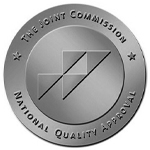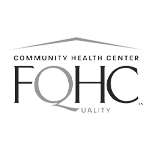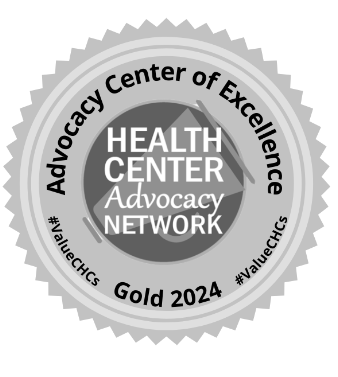
On average, one in eight women in the United States will develop breast cancer in their lifetime. Breast cancer is the second-most common cancer in American women with only skin cancer having more diagnosed cases each year.
When you consider these numbers, it can be scary for women to realize there is a good chance that they, or a close friend or relative, will develop the disease. The good news is there are precautions which can be taken to reduce the chance of developing breast cancer, and to catch the cancer early before it spreads.
Dr. Carolyn Benenati, OB/GYN at Keystone Women’s Care, shares some important information all women should know about breast cancer.
Breast self-exams
Adult women should be familiar with what is their “normal” breast. Breast self-awareness makes it possible to detect any changes. These changes would include pain, a lump, nipple discharge (not after stimulation of the breast) and redness of the breasts. Although not all these findings indicate a woman has a cancer, they should seek care with a health care professional if any changes are detected.
Breast self-awareness could include self-breast exams. There are no current recommendations for how often or if self-breast exams should be performed as studies indicate for average-risk women it may not reduce the risk of death associated with breast cancer. But 50% or more breast cancers are detected by women themselves. If a woman is still menstruating, the best time to examine the breast would be the week after her period.
It is best to take your time. Inspect the breast, looking in a mirror with your hands on your hips. Check for any skin changes, change in size of the breasts and dimpling of the skin. Feel for any lumps by using the pads, not tips, of your middle three fingers. Move in small circles, applying different levels of pressure to feel just under the skin and also deeper. You should check the entire area from the collar bone to the breast bone to the armpit to the ribs under the breast.
Mammograms
A mammogram is an x-ray that is used as a screening test for breast cancer, and is covered by most insurance plans. This screening test is used to detect cancer early in women without symptoms to reduce risk of the disease. According to The American College of Obstetricians and Gynecologists and The National Comprehensive Cancer Network, regular mammogram screenings should begin at age 40. Other organizations recommend mammograms should begin at age 45 or 50.
As an OB/GYN, I recommend my patients have annual mammograms starting at 40. In high-risk patients, such as someone who has several family members with breast cancer or a close relative with breast cancer who is younger than 50, earlier screening with mammograms or MRI may be recommended.
Mammograms should be performed until at least age 75. Discontinuation of annual mammograms should take into account the health status and life expectancy of a woman. In healthy older women, it makes sense to continue annual screenings in order to detect any cancer early.
Reducing the risk of breast cancer
Women can also reduce their risk for breast cancer by maintaining a healthy weight (a BMI of 18.5 to 24.9), by getting regular exercise, limiting or avoiding alcohol and breastfeeding if possible.
Women who are at higher risk for breast cancer can undergo genetic testing to identify if they carry a gene that places them not only for higher risk of breast cancer but also other diseases such as ovarian cancer. These high-risk women would include those with a close relative who was diagnosed with breast cancer under age 50 or multiple relatives with cancer. This testing is available at Keystone Women’s Care and most other OB/GYN offices.
Obtaining care when uninsured
If you do not have insurance and would like to have a mammogram, there is a program through the Cumberland Valley Breast Care Alliance (CVBCA) called the MammaGift Project which provides free mammograms to those who are uninsured. For more information about this program, call 717-263-7191. The CVBCA also supports and assists women in our area diagnosed with breast cancer, with health care and other associated costs during treatment.
Breast cancer in men
Though not nearly as common, men can get breast cancer too. About 2,600 men in the United States will be diagnosed with breast cancer each year, and about 500 will die from the disease. If men notice any changes in their chest area, including the changes mentioned above, they should see their healthcare provider as soon as possible.
This article contains general information only and should not be used as a substitute for professional diagnosis, treatment or care by a qualified health care provider.




